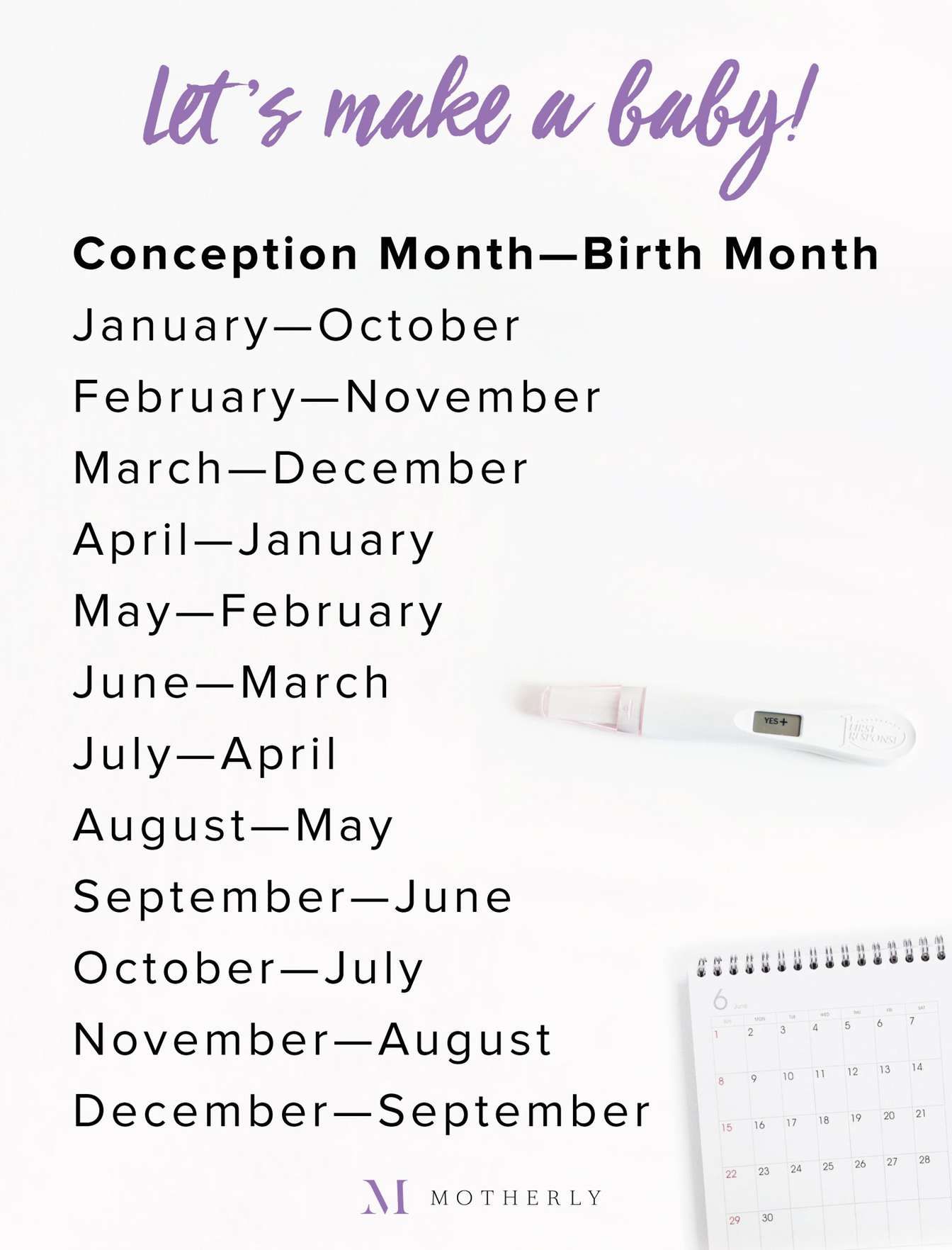
Pregnancy and Due Date: A Comprehensive Guide
Pregnancy, a remarkable journey of creation and transformation, marks a significant chapter in a woman’s life. Understanding the intricacies of this process, including the estimation of the due date, is crucial for both the mother-to-be and healthcare providers. This comprehensive guide will delve into the complexities of pregnancy, the factors influencing the due date, and the methods used to determine it.
Pregnancy: A Physiological and Emotional Odyssey
Pregnancy, spanning approximately 40 weeks, is a physiological and emotional odyssey. During this period, the woman’s body undergoes profound changes to accommodate the growing fetus. Hormonal fluctuations, increased blood volume, and organ displacement are just a few of the physiological adaptations that occur.
The Due Date: A Calculated Approximation
The due date, also known as the estimated date of delivery (EDD), is a calculated approximation of the day when the baby is expected to be born. It is typically determined by adding 280 days (40 weeks) to the first day of the woman’s last menstrual period (LMP). However, it is important to note that only about 5% of babies are born on their exact due date.
Factors Influencing the Due Date
Several factors can influence the due date, including:
- Ovulation Date: The timing of ovulation, which typically occurs 14 days before the start of menstruation, affects the length of the pregnancy.
- Cycle Length: Women with shorter menstrual cycles tend to have shorter pregnancies, while those with longer cycles may have longer pregnancies.
- Maternal Age: Older mothers tend to have slightly longer pregnancies.
- Parity: First-time mothers often have longer pregnancies than subsequent pregnancies.
- Multiple Gestation: Pregnancies with multiple fetuses (e.g., twins, triplets) typically have shorter gestation periods.
- Medical Conditions: Certain medical conditions, such as diabetes or thyroid disorders, can affect the due date.
Methods of Due Date Determination
Various methods are used to determine the due date:
- Last Menstrual Period (LMP): The most common method, as mentioned earlier, involves adding 280 days to the first day of the LMP.
- Ultrasound: Ultrasound examinations can provide a more accurate estimate of the due date, especially in early pregnancy.
- Pelvic Exam: A pelvic exam can help determine the size and development of the uterus, which can also provide clues about the due date.
- Fetal Heart Rate Monitoring: Monitoring the fetal heart rate can indicate the maturity of the fetus and help adjust the due date accordingly.
Importance of Due Date Estimation
Accurately estimating the due date is crucial for several reasons:
- Prenatal Care: It allows healthcare providers to schedule prenatal appointments and screenings appropriately.
- Delivery Planning: It helps plan for the delivery, including the location, type of delivery, and potential complications.
- Fetal Monitoring: It enables close monitoring of the fetus’s growth and development throughout the pregnancy.
- Emotional Preparation: Knowing the approximate time of delivery can help the mother-to-be prepare emotionally and practically for the arrival of the baby.
Conclusion
Pregnancy and due date estimation are complex yet essential aspects of prenatal care. Understanding the factors that influence the due date and the methods used to determine it empowers women and healthcare providers to navigate this transformative journey with confidence and informed decision-making. While the due date is an approximation, it serves as a valuable guide throughout the pregnancy, ensuring the well-being of both the mother and the developing fetus.